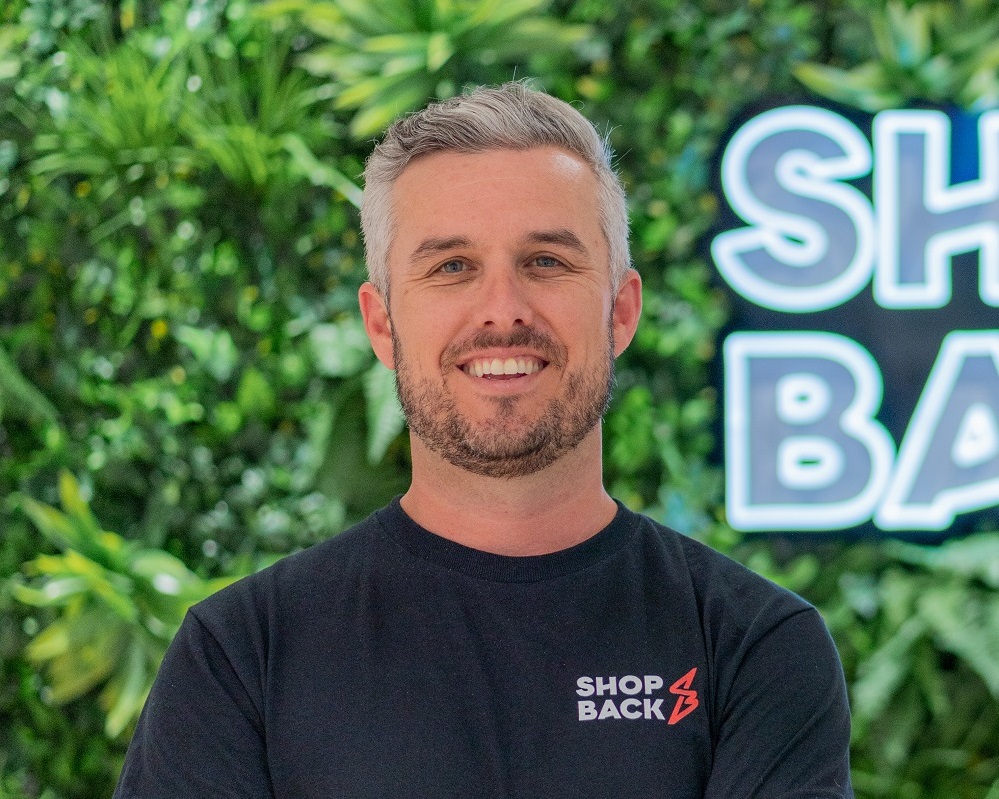Amid rising cost-of-living pressures, small businesses face challenges in converting shopping carts into sales and loyal customers. Consumers are becoming increasingly budget-conscious, seeking value and flexibility in their spending.
A recent SME Performance Indicator by MYOB indicated the small business sector is declining in terms of economic performance, emphasising the urgent need for innovative business strategies to protect SMEs against a drying market
Australian SMEs that are looking to swim, not just stay afloat – or worse, sink, should be considering ways to diversify their revenue streams. A key strategy for Australian SMEs looking to broaden their revenue could include selling other non-competitive brands’ gift cards through a ‘gift card mall’ in addition to their own branded gift cards. They could also offer their own cards to stores, websites or apps, delivering the added benefits of growing sales in a highly profitable product category and boosting customer acquisition efforts.
Navigating economic pressures and the impact on SMEs
In the post-pandemic economy, we’re continuing to see consumers play it safe with their wallets. Businesses have had to rely on sales and promotions, which resulted in a spike in end-of-financial-year spending with a 4.4 per cent increase during this period, yet overall retail spending remains stagnant.
The latest KPMG Australia Health Index (RHI) shows that food retailers are seeing robust growth 92 per cent increase) while clothing, footwear and personal accessories are experiencing weak, but positive growth (up 0.4 per cent).
However, Australian businesses are resilient. Now is the moment for retailers to review their marketing strategies and look for more creative and long-term incentives to ensure they deliver high quality shopping experiences for customers, and build loyalty in among their customer base.
Business impact
Business owners need to determine how to balance revenue needs with customer needs and spending habits when exploring alternative revenue streams. For example, beginning a subscription model with the aim of customer retention may be easier to implement with an online store, whereas brick-and-mortar stores may look to engage in community partnerships to reach new customers.
While there isn’t a one size fits all approach, discounted and multi-brand gift card programs provide flexibility for most businesses. Physical stores can establish a gift card stands near check outs while online retailers can add the option to add a gift card to their card upon checkout. Meanwhile, consumers have the freedom to shop for anything from groceries to fuel and more, from multiple brands.
Leading cashback operator, ShopBack leveraged gift cards as part of their online retail offering. Customers could purchase a digital BHN gift card from more than 100retailers. This additional category saw ShopBack hit the milestone of two million gift cards sold in Q2, 2024.

ShopBack general manager, Angus Muffet (pictured) said, “ShopBack launched its gift card offering during the COVID-19 lockdowns, in response to customers asking for more ways to earn and redeem their Cashback. Partnering with BHN meant we could immediately offer a wide range of gift cards for consumers to choose from, creating a meaningful offering from day one. We are now selling in excess of $150M of gift cards annually.”
One BHN study found that gift card recipients routinely spend beyond their gift card value – for example, 58% of consumers who used a $100 gift card spend, on average, a further $82. This boost to the bottom-line can help businesses achieve revenue goals while providing a cost-effective option for shoppers.
Customer retention
Over 73% of shoppers agree that customer experience is an important factor in their purchasing decisions. With consumers being more conservative in their spending, providing purchasing options which have direct value to the customer is important.
ShopBack noted that an increase in the average spend per customer, up 78% in the same April-June 2024 period as the previous year. Muffet said, “We know customers buy and send gift cards for special occasions, however interestingly, they increasingly buy cards to help save and budget ahead of peak sales periods. This provides a big opportunity for brands to lock in spend ahead of key events, like the upcoming Black Friday/Cyber Monday sales.”
A gift card is guaranteed revenue for your business, while still allowing shoppers the flexibility to spend their card value in-store, or, gift it onwards. In fact, onward gifting is an added benefit for SMEs, widening their customer base as new consumers are introduced to their brand. Research show that 63% of customers spend more with a brand after receiving a gift card.
Establishing a successful, alternative revenue stream, can also be a case of good timing. In the lead up to EOFY sales in June 2024, businesses saw a spike in sales, with the Australian Bureau of Statistics reporting national retail turnover for June to be $36.2M up from $35.9M the previous month.
With big sales moments like Black Friday, Christmas and Boxing Day just around the corner, businesses should consider implementing alternative revenue streams like gift card offerings now. This is an opportunity to secure profits in quieter months to ensure stable cashflow.
Meanwhile, customers can purchase gift cards during the quieter months, budgeting their spending on both discretionary (e.g., entertainment) and non-discretionary categories (e.g., grocery) before becoming repeat customers when they use their gift card to redeem purchases during sale seasons.
Will Feutrill is RVP Incentives for Australia at Blackhawk Network (BHN).

